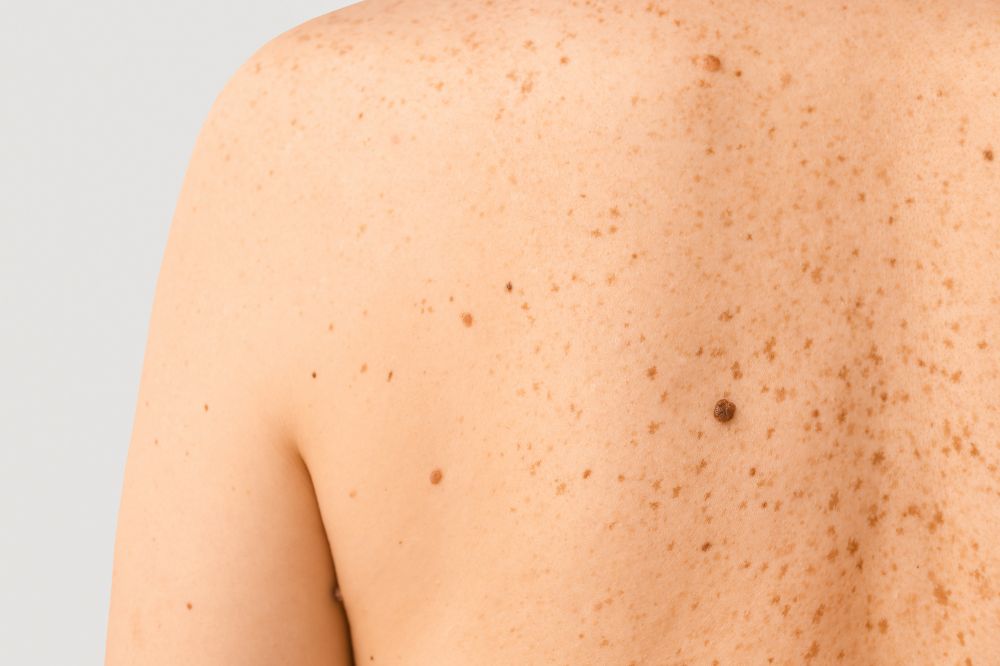Skin cancer remains most common cancer in Wales

Skin cancer remains the most common form of cancer diagnosed in Wales, according to official statistics.
Despite a 17 per cent drop in diagnoses since 2019 associated with the pandemic, non-melanoma skin cancer was the most common cancer diagnosed in Wales in 2020.
Non-melanoma skin cancer, or NMSC, had an incidence rate of two and a half times greater than prostate cancer, the next most common cancer, according to official statistics released today by Public Health Wales.
The incidence of NMSC across the world is rising, and this is also the case in Wales, where there has been an eight per cent increase in the rate between 2016 and 2019.
The statistics show that there were 11,792 first cases of NMSC diagnosed in Wales in 2020, down significantly from more than 15,000 first cases of NMSC diagnosed in Wales in 2019.
This was due to re-direction of services towards the Covid-19 pandemic and changes in patient access to GP and hospital services, rather than a real decrease in case numbers.
UV light
NMSC refers to two main cancer types – basal cell carcinoma and cutaneous squamous cell carcinoma.
Both are associated with potentially preventable behaviours, including exposure to UV light from the sun, as well as the use of sun beds.
While these cancers in most cases are successfully treated, squamous cell carcinoma does have the potential to spread to other areas of the body.
Basal cell carcinoma can cause serious localised damage if left untreated, especially as most cases occur on sun-exposed areas, mainly the face, scalp, neck and ears.
Trends
Risk factors for NMSC are influenced by occupation such as working outdoors, travel to hotter countries, weather patterns and geography, skin type, and behaviours in the sunshine such as wearing sunhats and sun cream.
Experts don’t yet fully understand how changing trends in these factors in the past has caused the increases in NMSC rates across the globe.
The incidence rate is nearly twice as high in men as in women, and unlike many other cancers, the rate of incidence is highest in the least deprived areas, and lowest in the most deprived.
Professor Dyfed Wyn Huws, Director of the Welsh Cancer Intelligence and Surveillance Unit (WCISU) at Public Health Wales, said: “The re-organisation of services in NHS Wales early on during the pandemic, and stay-at-home messages, means that there was a decrease in the number of people presenting with skin complaints.
“However, we know that the overall trend for NMSC incidence is increasing, so we expect that data in future years will show this decrease reversing as the number of diagnoses ‘catches up’. The high number of annual cases – nearly 12,000 – shows that NMSC is affecting a substantial number of people in Wales.
“While NMSC is usually easily treatable, many cases could be prevented with widespread safe sun behaviour in our population.
“This includes seeking out shadier places, avoiding the strongest sunshine in the middle of the day, covering up with hats and other clothes, and regularly using a sunscreen of at least SPF30 – even in overcast conditions.
“In addition, the overuse of sunbeds for tanning purposes is a known risk factor for NMSC.
“You should see your GP if you have new marks on your skin which grow, bleed, change in appearance in any way or never heal completely, or form a scab that falls off and then grows again.”
Support our Nation today
For the price of a cup of coffee a month you can help us create an independent, not-for-profit, national news service for the people of Wales, by the people of Wales.




